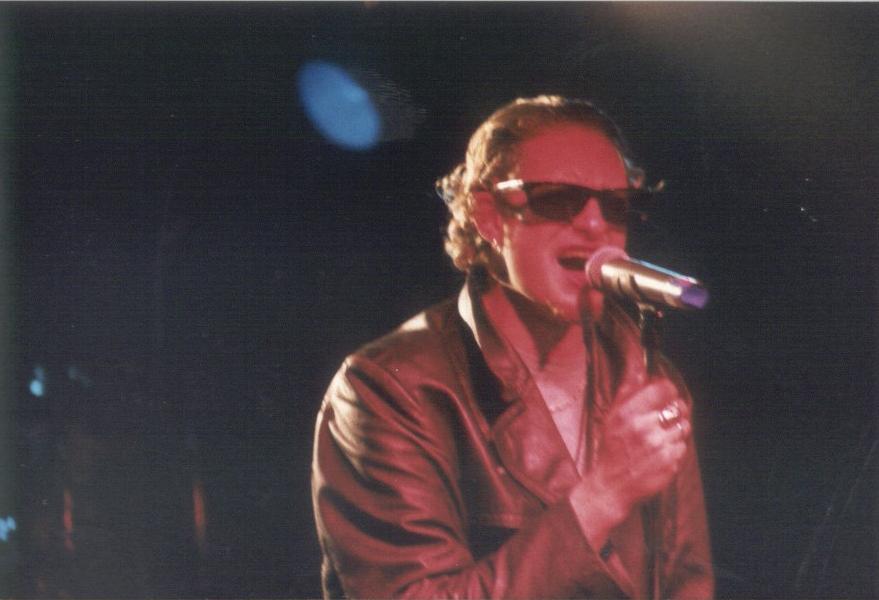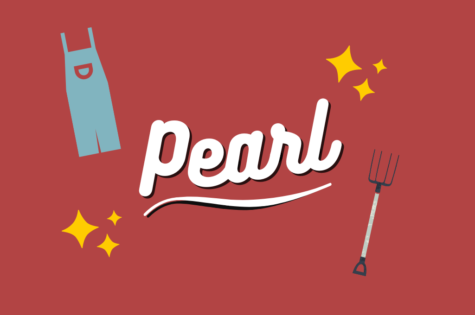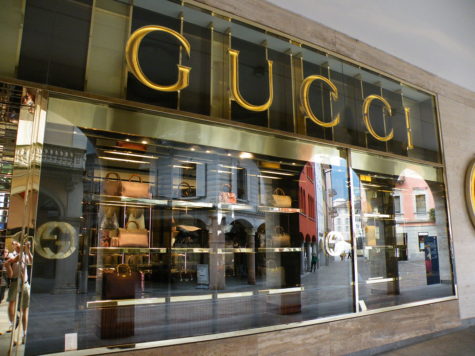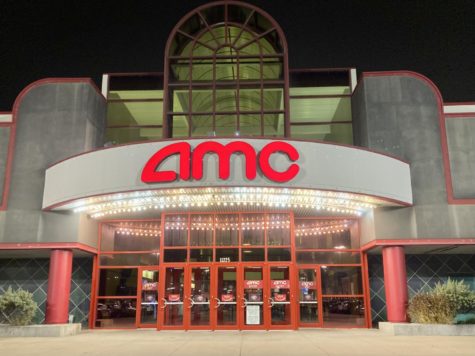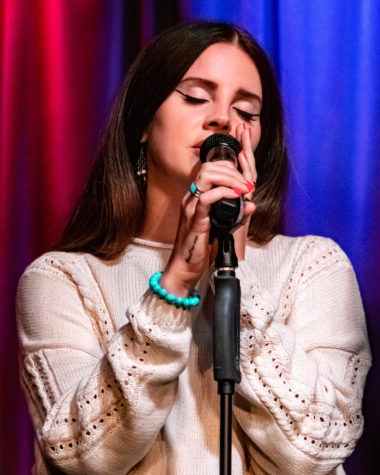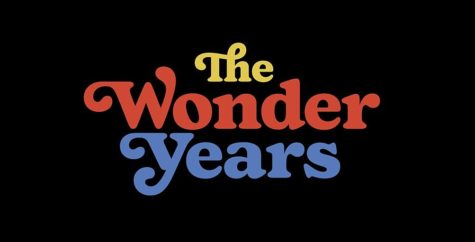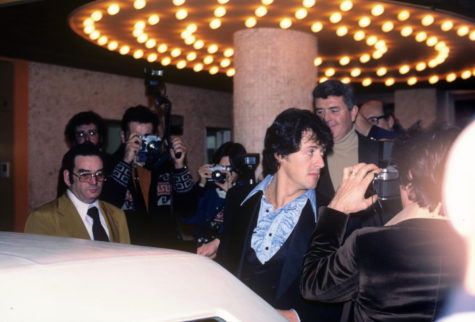The History Of Grunge Music
Music’s Most Sucessful Form Of Rebellion
Wiki commons
December 20, 2018
Grunge is considered one of the most important musical movements in the history of modern music. It was loud, angry, and rebellious. It came at the perfect time for angsty teens in the 90’s. Metal music had become corporate and over-saturated; something had to give. Many believe grunge music in general was a response to the overblown hair metal of the 80’s. Grunge encapsulated the angst of a generation, but it wasn’t meant to last. Many of the major artists watched in horror as the music they had created slowly but surely became just as commercialized as the music it rebelled so hard against.
In the beginning, bands were experimenting with the idea of fusing metal and punk rock in Seattle in the mid 80’s. Many attribute the beginning of grunge to the group The U-Men, although many argue that their music lacks influence from the metal genre and is more likened to post-punk. The Seattle music scene was very isolated from the rest of the country which lead to a very unique sound. At the time, most people viewed the burgeoning music scene as little more than a few post-punk garage bands. However, grunge grew out of the post-punk scene.
Grunge incapsulated the angst of a generation
In 1985, the band Green River released their debut album Come on Down. This was the first real grunge album. Another major release around this time was the Deep Six compilation, which featured tracks from Green River, Soundgarden, Melvins, Malfunkshun, Skin Yard, and The U-Men. The records melded the raw and aggressive energy of punk rock with the slow tempos of metal music.
Sub Pop Records was established in 1986 by Bruce Pavitt and played a major role in the grunge saga. The first Sub Pop LP was a compilation called Sub Pop 100. In 1987 Jonathan Poneman gave 20,000 dollars to Sub Pop records to help record Soundgarden’s debut single. Poneman soon became a full partner. In 1988, Poneman and Pavitt quit their jobs to work on Sub Pop full time. Later that year, they release the song “touch me I’m sick” by the Seattle group Mudhoney. The initial release was only of 800 records as an attempt to create demand for the record. In October of 1988 Sub Pop recorded the track “Love Buzz” by the little known band Nirvana fronted by Singer/Guitarist Kurt Cobain and released it as the first entry to the Sub Pop Singles club, a monthly subscription service. Sub Pop also released Nirvana’s debut album Bleach. Grunge began to receive media attention from the united kingdom after Poneman and Pavitt convinced a reporter from the English magazine melody maker to do a story on the scene.
Soundgarden was the first grunge group to sign to a major label after signing with A&M records in 1989. Along with other early grunge signee’s Alice In Chains and Screaming Trees, Soundgarden’s first album didn’t receive very much exposure, but were considered solid releases by the general public. In 1990 Nirvana signed to Geffen records and began work on their major label debut. Their drummer at the time Chad Channing left the group and was replaced with hardcore drummer Dave Grohl. The album was to be produced by the legendary producer Butch Vig from the group Garbage. The album was recorded in sound city studios, home of many classic albums. The album was released in 1991 and titled Nevermind. The album was a smash hit. Due to the hit single and video for Smells Like Teen Spirit, the album hit number 1 on the billboard charts on January 11th 1992, knocking off the king of pop himself, Michael Jackson. The album boosted grunge into the mainstream. Everyone was wearing flannels and jeans. Everyone wanted to be Kurt Cobain. Nevermind was a sea-change for music. Nevermind changed everything. Grunge was the thing to be. Label began to sweep the globe in search of the next big grunge band. Pearl Jam released their debut album Ten a month before Nevermind, but sales only began to pick up a year later. Rolling Stone dubbed Seattle “the new Liverpool”. Soundgarden released Badmoterfinger, Alice in Chains released Dirt, Temple of Dog released their first album. It was a grunge explosion.
Many grunge artists grew uncomfortable with the fame they received. Nirvana’s Kurt Cobain told Michael Azerrad, “Famous is the last thing I wanted to be”. In 1993 Nirvana released In Utero, an abrasive and angry album meant to be a revolt against the fame they received due to Nevermind. Nevertheless, the album reached number 1 on the billboard charts and was certified platinum. Other grunge bands came into the fold around this point. Many of the groups that came from places other than Seattle were subject to scrutiny, such as Stone Temple Pilots and Bush.
In April of 1994 Kurt Cobain was found death in his home due to an apparent self-inflected shotgun wound to the head, and in the hearts of many grunge music died along with him. Kurt was the biggest star in the genre and without him the genre struggled to go on. Many attribute his death to the immense success that he had gained. He didn’t care about the stigma attached to grunge. He only cared about the music. The original grunge groups were slowly being taken over my industry plants. The soul of the music was gone. Groups like Creed and Nickleback began to grow in popularity, but they weren’t grunge. They were just bands trying to copy a style that they couldn’t have dreamed of creating. Grunge fashion shows and grunge tv shows started popping up. This was not rebellion. This was marketing.
Grunge music created so many avenues for so many amazing groups, and without it, who knows what the state of alternative music might be. Grunge was the most successful form of rebellion in music history, but unfortunately that success is what ended up being it’s downfall.



